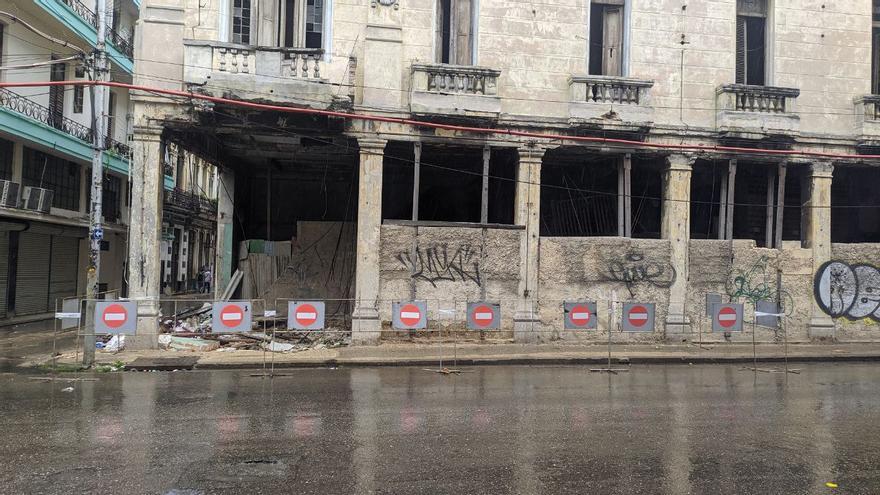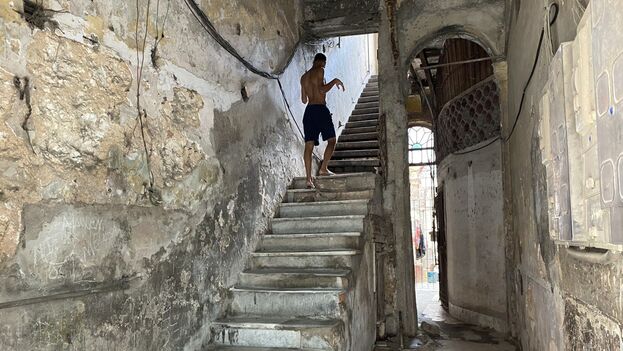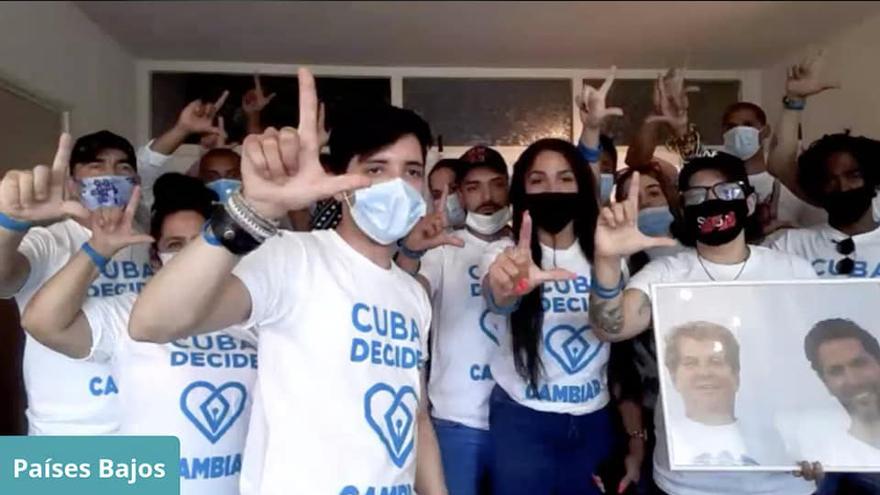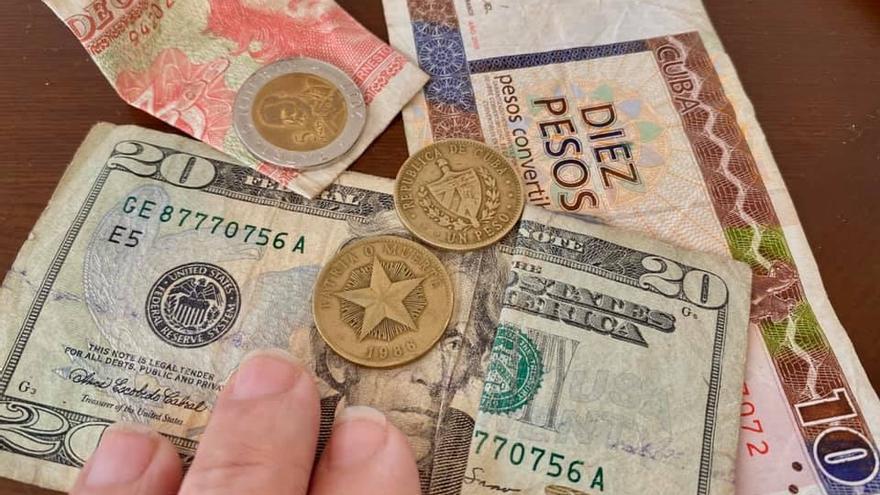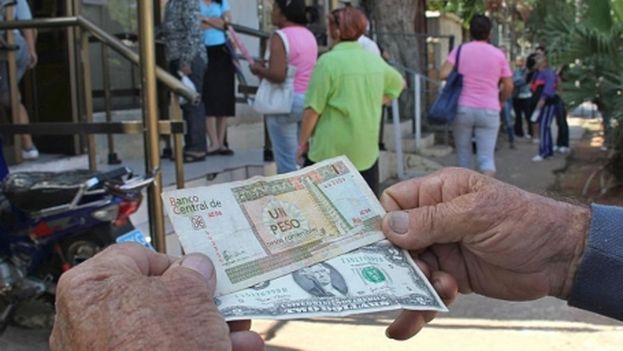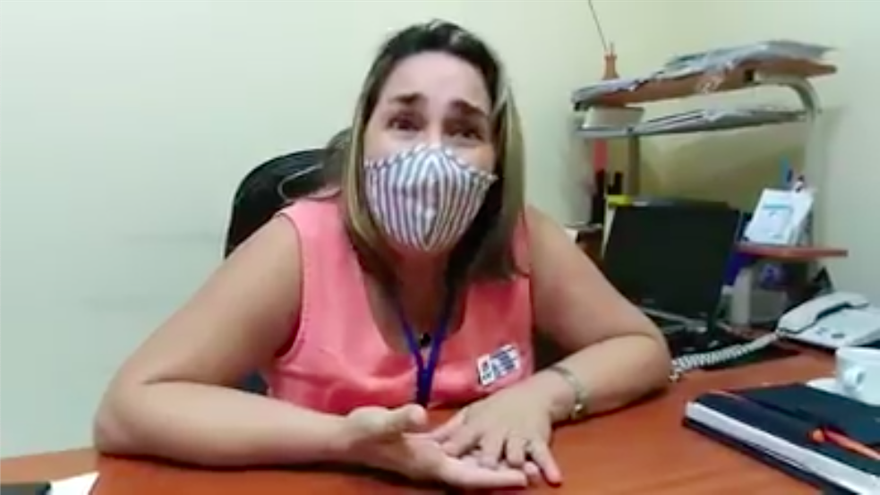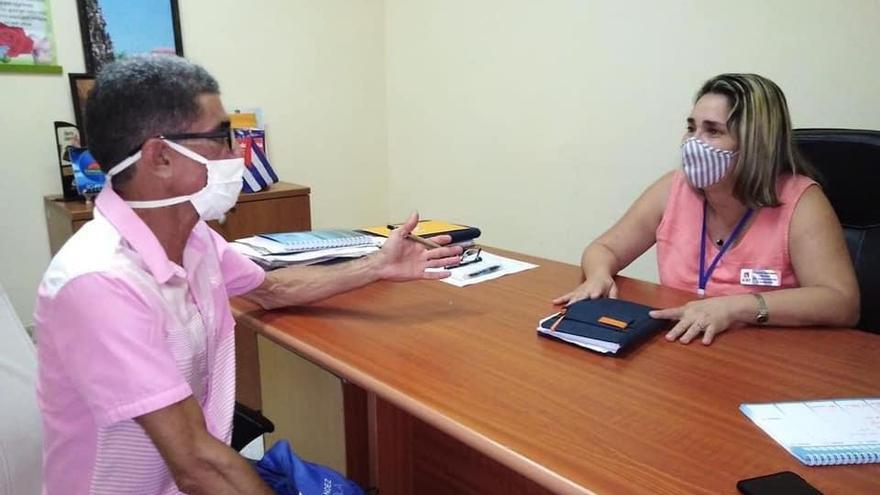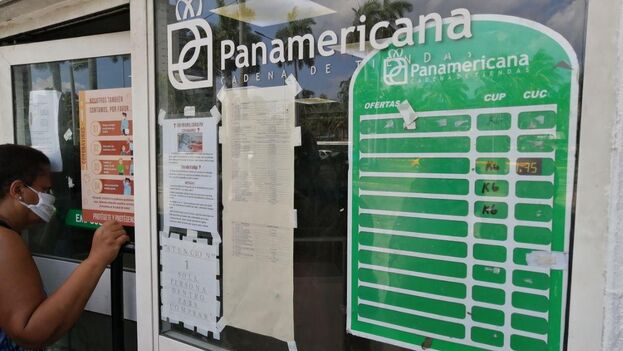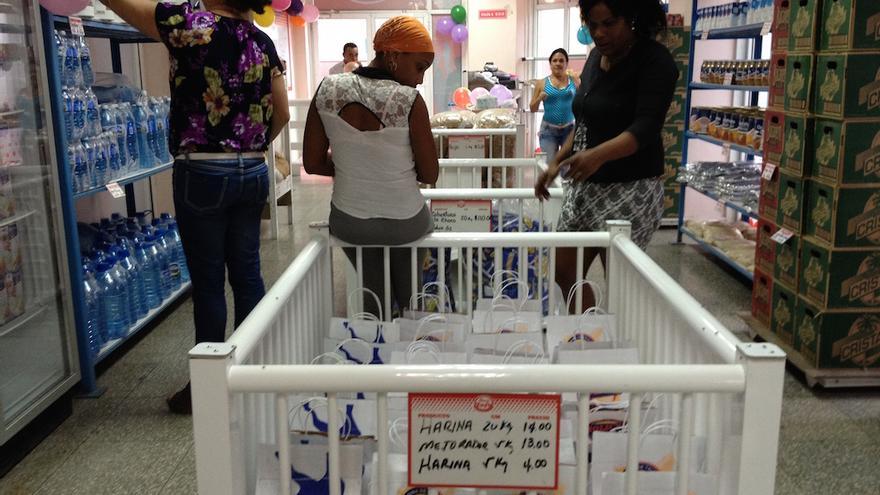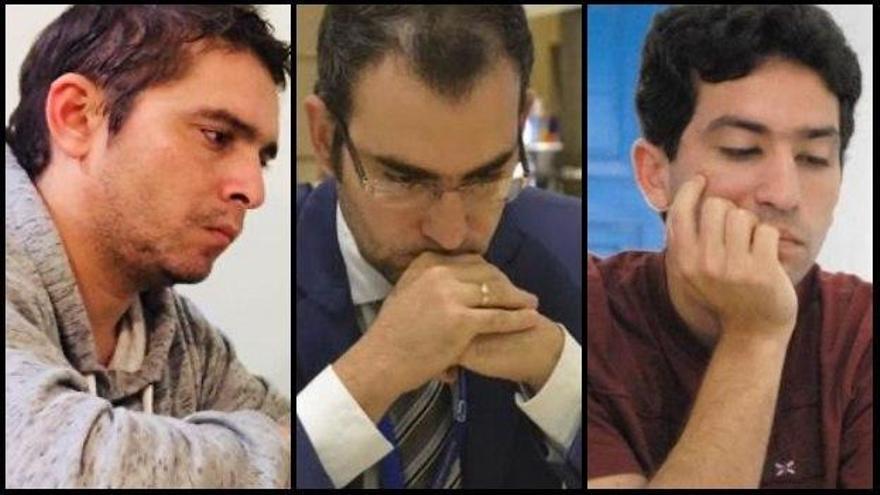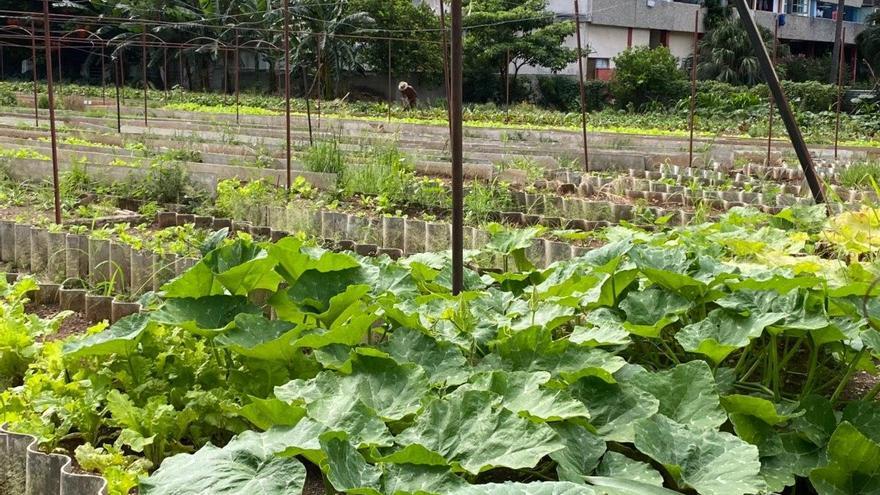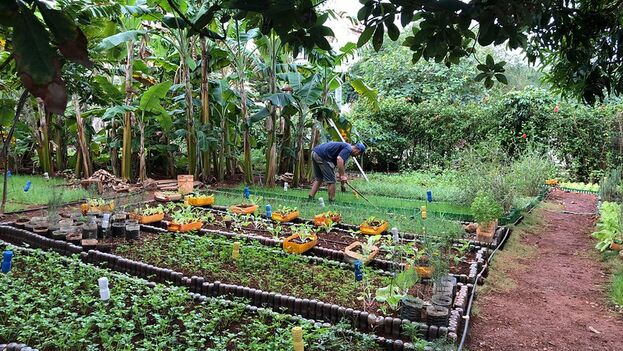
![]() 14ymedio, Havana, 19 July 2020 — The death of the popular reggaeton player Daniel Muñoz Borrego, El Dany, was due to “medical negligence,” according to his friend Roberto Hidalgo Puentes, Yomil, who demanded that “the guilty parties pay,” during a live broadcast this Sunday through Instagram.
14ymedio, Havana, 19 July 2020 — The death of the popular reggaeton player Daniel Muñoz Borrego, El Dany, was due to “medical negligence,” according to his friend Roberto Hidalgo Puentes, Yomil, who demanded that “the guilty parties pay,” during a live broadcast this Sunday through Instagram.
As detailed by his partner in the musical duo created in 2015, El Dany had been admitted for “a week” in the Calixto García hospital in Havana, due to “pain in the legs” and “he could not walk, it seems that for playing basketball, he felt a little affected.” The artist explained that at that time they did “many tests” but did not reach a clear diagnosis.
Dany died early Saturday morning at age 31. The news sparked an avalanche of speculation about the cause of his death, but state media blamed the death on an “acute cardiovascular condition.” continue reading
The Provincial Directorate of Public Health of Havana issued a note this Sunday stating that the musician “was admitted on the 12th for presenting a clinical picture of peripheral neurological manifestations” and “died at 9:05 am on Saturday, July 18, 2020, as a consequence of an acute cardiovascular event.”
The note, released by the official press, maintains that a commission has been appointed to investigate the causes of his death and the conclusions will be made public if the family authorizes it.
But the official version is put in doubt with Yomil’s words. Throughout his very emotional speech, the musician specified that the doctors “decided to leave him in hospital and put him on a ten-day treatment with serum in his vein.” Treatment was focused on injecting “a little bit of vitamins” for a nerve problem, doctors said.
“All I ask is that justice be done to my brother,” said Yomil, who was visibly moved during the more then ten minute broadcast. “Today I woke up without my brother in arms, who started with me from scratch. I woke up without a friend and not just any friend.”
A doctor from Calixto García, consulted by 14ymedio on condition of anonymity, confirmed Yomil’s suspicion. “We are facing an unfortunate case of iatrogenesis, which is nothing more than the damage or affect that is caused to a patient while trying to alleviate his condition.”
“At the hospital we are all very affected, in recent weeks we have had very difficult days and this death, which could have been avoided, has been a very hard blow to the team,” says the doctor.
In its broadcast this Sunday, Yomil confirmed the official version, broadcast on the television newscast, that there had been no wake by family decision. He said he tried to convince his friend’s wife to be able to offer El Dany “all the honors as a great man” but that the choice she made must still be respected.
He also said he was very grateful for the love from his public and the messages from friends and followers received and the tribute that was given to him in the streets of Cayo Hueso, a popular neighborhood in Central Havana: “I couldn’t see them all because I start to cry, but thanks.”
After the news of El Dany’s death spread, dozens of people gathered outside the hospital to pay tribute to the musician. The burial took place shortly after, around two in the afternoon, in the Cristóbal Colón cemetery. During the night in various neighborhoods of Havana, and spontaneously, the young people remembered the reggaetoner, singing his songs and dancing.
Yomil and El Dany’s popularity was based in part on the fusion of electronic rhythms they made in their music. Both managed to mix hip hop and Cuban sounds with contemporary reggaeton. The duo’s album Sobredosis reached first place in the sales of Google Play in 2016, in the Top Albums of Latin Music, while the song Tengo was ranked eight in the Top World Albums on the app.
_________________
COLLABORATE WITH OUR WORK: The 14ymedio team is committed to practicing serious journalism that reflects Cuba’s reality in all its depth. Thank you for joining us on this long journey. We invite you to continue supporting us by becoming a member of 14ymedio now. Together we can continue transforming journalism in Cuba.


